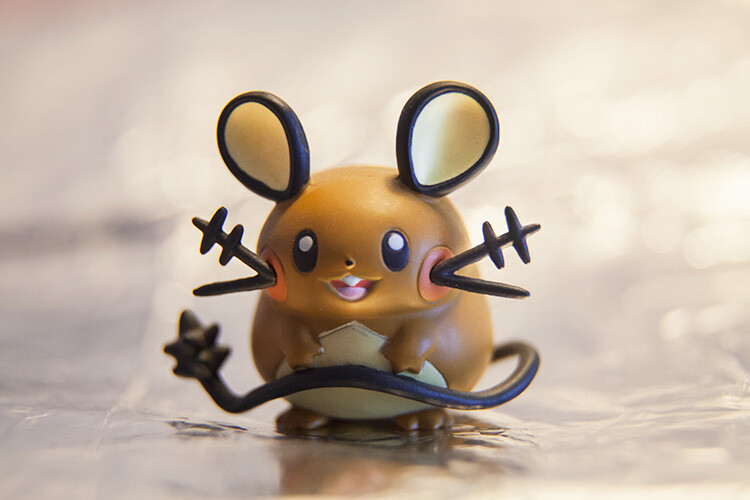I love rainy days. I always feel more productive when I can hear droplets hitting the ground or pinging off my umbrella. But apparently I’m in the minority, so on this rainy day I thought I’d compile a list of things that I like to do when the clouds open up.
Feeling inspired but stuck indoors at home? Here are a few photography activities that are great for those rainy days or weekends at home, and sunny days too!
1 – Rainy Scenery

An easy way to create atmospheric images on rainy days is to photograph dramatic scenes through the droplets on your window pane. The more droplets, the more drama and contrast your images will have.
Try changing the focal length of your camera lens to reveal rainscapes in the distance or close-up of water droplets.
2 – Get Close
Macro photography is a great activity to do at home. Because the home is a relaxed environment, you’re free to take your time and get that perfect shot. Often, on location, I feel rushed to complete a shot as best I can in a limited amount of time.

But at home, you can slow down and experiment which is great for macro photography because it is such a sensitive process. You don’t need to look far for interesting subject matter either. Macro photography reveals a hidden world wherever you look.
Try photographing plant life in your garden or droplets of rain on your window pane.

3 – Making Do
Photography isn’t always about traveling around. Sometimes it’s nice to just stay home and relax with some in-house photography.
You may interact with it every day, but your house is a treasure trove of photographic opportunity. But often, familiarity can fatigue the creative eye. What forgotten bits and pieces do you have hidden away in the craft box? Imagine yourself as a stranger seeing your home for the first time, what are the most interesting things you have on display? It’s amazing what you can uncover with a shift in perspective.
Don’t be afraid to “make do” with a bit of craft. This little guy was photographed with a background constructed of aluminum foil and cardboard. Simply grab a piece of cardboard (the size is up to you, but the larger the cardboard the more light you will be able to reflect on your subject) and cover it with aluminum foil.
Here, I sat the figurine on one end of the reflector and propped the other end up to form the background of the image. This is great for product photography too.


4 – Give Scanography a Go
Scan-o-what? Scanography! Scanography is photography with a scanner.
If you have a scanner at home, grab a few bits and pieces and try placing them on the scanner. Flat objects like flowers or paper work the best. Activate the scanner and review the results!
It’s a simple project that yields some very interesting imagery.


5 – Revisit Older Photographs
How long has it been since you looked back over your older work?
On rainy days, I often enjoy revisiting files from a couple of years ago to see if I can uncover some hidden or forgotten gems. Nothing is more telling than the difference between your editing techniques a year ago compared to today.
I’m always surprised by how much my editing has changed and improved, even in a short period of time. Often I’ll come across photos that are definitely worth a re-look and re-edit.

Before and after. My original edit for this image was a conversion to black and white. Recently, when I revisited this file, I realized that I was letting the beautiful colors go to waste!
6 – Lightning Photography
If you are stuck at home during an evening storm? If so, why not try your hand at a bit of lightning photography?
Grab your camera and set it on a sturdy surface or tripod. Point your lens in the direction of the lightning, set your camera to Shutter Priority mode and select about 30-second exposure. At night, it’s best to set the ISO to the lowest setting possible.
Don’t wait for the lightning to hit before pressing the shutter button, you’ll never catch it in time! Instead, depress the shutter and wait for the 30 seconds to lapse. With a bit of luck, you’ll capture a decent bolt while the shutter is open!
More on lightning photography here: How to Photograph Lightning – the Ultimate Guide

7 – Make a Mood Board
If you’re like me and you love to have plenty of inspirational material around, why not make a mood board?
A mood board includes everything from prints to objects and notes or online sources, anything that informs and inspires your artistic practice. You can also make use of websites like Tumblr and Pinterest to create an online mood board to sort through the myriad of amazing images on the internet.
Having a mood board can also be therapeutic when too many ideas start to become overwhelming. Drawing diagrams and making notes that you can view physically is a proven way of easing anxiety and increasing productivity.

Conclusion
So next time you find yourself stuck at home on a rainy day, count yourself lucky! Take some time to have a look around and change up your photography a little.
The post 7 Ideas for Rainy Day Photographic Activities at Home by Megan Kennedy appeared first on Digital Photography School.
it's from Digital Photography School http://ift.tt/2FKQzy5
via Megan Kennedy
No comments:
Post a Comment